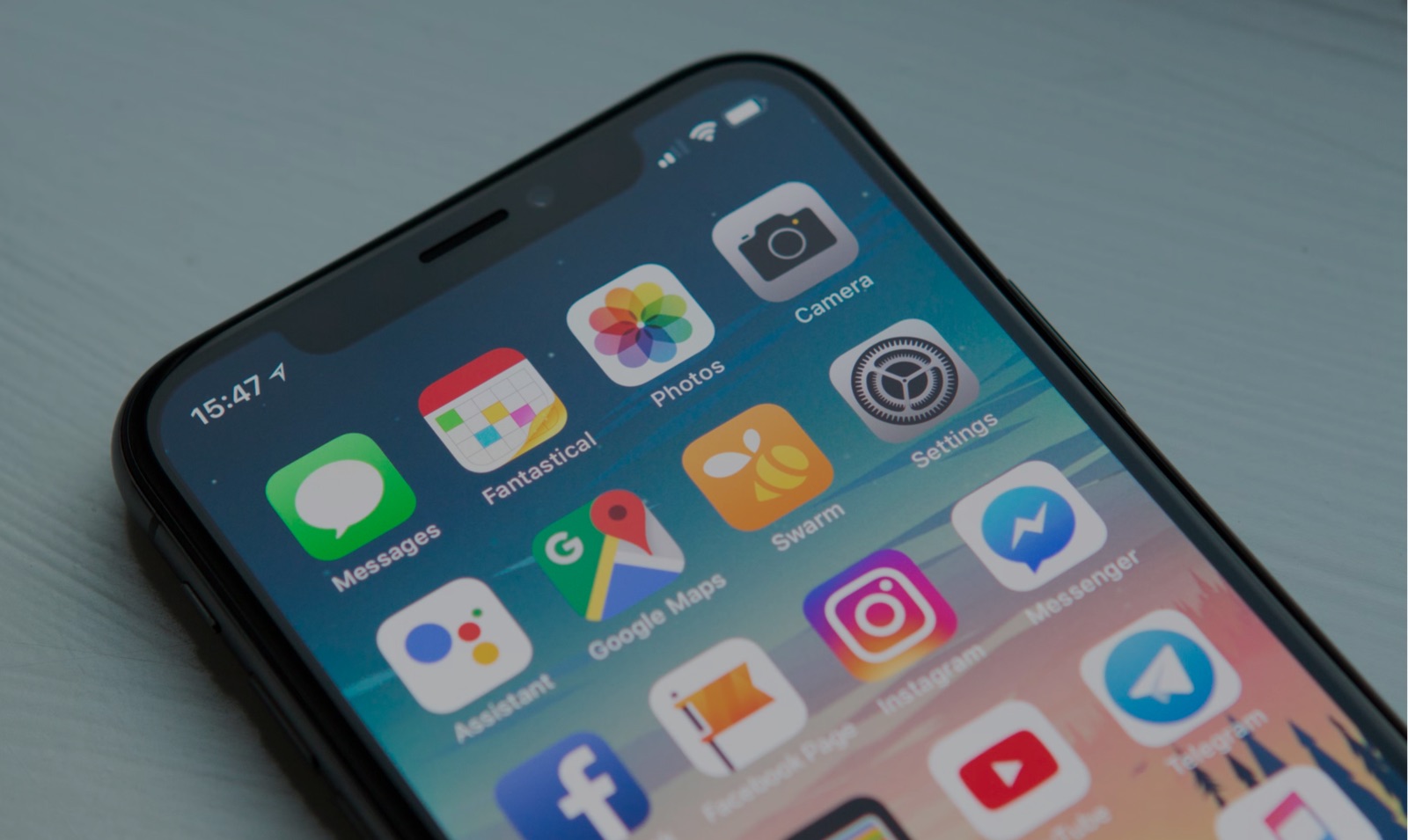Failed Apps: An Analysis Of Feature Flops
We recently discussed why apps need to be more than just features to emphasize the importance of evolving to meet user needs by expanding offerings for a richer UX (user experience.) Basically, your app needs to be more than a feature that’s easy to replicate otherwise it will quickly become diluted among copies made by direct competitors and a target for larger platforms that are looking to expand their offerings. It’s nothing personal.
Sometimes, new app features just don’t pan out because they fail to entice new users, miss the mark with an existing audience, or both. Throughout this piece, we’re going to look at a handful of times features failed to catch on and offer a little extra insight.
Famous “flops”
What happens when you create a new feature and it just doesn’t vibe with your audience? The impact varies as most established businesses can shrug it off but not without consequence.
Snap Maps
Snapchat introduced a new feature known as Snap Maps that made a big splash, in the worst kind of way. Soon after the feature was released to the market, it was quickly called out on larger publications like The Verge and it was pretty easy to see that user sentiment toward the feature was not so great.
Despite being an opt-in feature by default, the feature got off to a bad start because it would broadcast a user’s locations every time they opened the app. As such, Snap Maps broke the trust of adopters who were somewhat reluctant in the first place.
Since then, Snapchat has managed to overhaul Snap Maps to make it more secure by allowing users to share location when taking Snaps as well as integrate other content. Though it took a while, user confidence has returned and the feature has rebounded to become a popular feature on the Snapchat platform. Whenever doubt is cast on a platform’s commitment to privacy, there’s a chance that it’s enough to topple the business. Fortunately for Snapchat, they were quick to address matters, and years later, Snap Maps is operating in full swing.
Instagram TV (IGTV)
Most social media caters to brevity – while there are places for long-form content like Medium for blogs or YouTube for video, most social networks tend to favor shorter formats. Sure, it’s fun to read the occasional long-winded rants or watch lengthy compilation videos of animals that your widowed Aunt Sheila posts, but shorter works better.
Even though this is the consensus for most social media, at some point, the folks at Instagram caught the scent of high-performing, long-form content, and thus IGTV was born. The idea was for this place to act as a hub for established content creators where users could easily access content through the new IGTV app. Despite having over a billion users, very few downloaded the app (around 7 million) or used the dedicated IGTV area inside the regular Instagram app. Instagram was so confident this would work that they made an enormous investment in a second app that massively underperforms from an engagement and revenue perspective.
IGTV is still around but it doesn’t command much of an audience, especially considering most content is accessible through the regular Instagram app which is just more convenient. On the flip side, catering to short-form content doesn’t prove to be all that’s needed for success as seen in the massive Quibi failure.
What these two flops show us is that there’s a kind of sweet spot for content length and even though some platforms excel despite capping content length (e.g., Twitter, Snapchat, etc.), either is hard to monetize as each fall into a unique niche. For example, we’ll gladly pay $15 a month for HBO Max, even though the app is hot garbage – longer content from large polished products is highly desirable because it offers a kind of immersion that you don’t get with short-form content which has a different “feel” to it. Can you imagine how tedious Game of Thrones would have been if were comprised of 15-minute episodes?
Amazon Auctions
The 90s brought a lot of firsts for web-based technologies – it was crazy to see people turn to sites like eBay as their main source of income. Online businesses were uncommon but today, eCommerce is major in overall commerce.
Because there was little competition, the frontier of the Internet provided immense opportunities for that which didn’t yet exist as well as emerging competitors like Amazon. At first, they got their start as a book store then made efforts at expanding into new areas, such as eBay’s online auction space with Amazon Auctions. While not a feature, per se, this extension proved ineffective at converting their audience of book buyers into trinket mongers or capturing those already established on eBay.
Of course, Amazon has since become one of the largest companies on the planet with enough wealth to allow its founder to become the first reptile in space. Jokes aside, they fell short on their projections for Amazon Auctions as well as many products and ideas that followed.
We build around subtleties to make new features a success
As you can see, all the ideas from the above businesses were sound attempts but they fell short in some way. At Blue Lable Labs, research and user testing are at the center of strategy development services as well as the core to our iterative development process. If you’re looking to build a new app or are interested in bringing a new feature to an existing app, get in touch with us to learn more.









